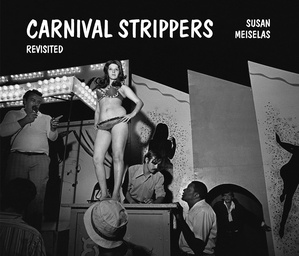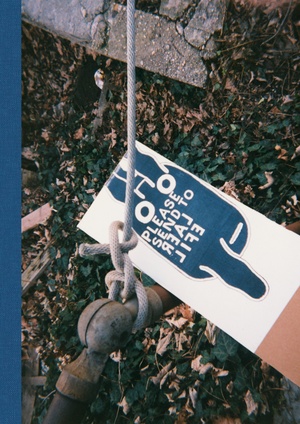


Book of the Day > Frédéric Bruly Bouabré: World Unbound

Book of the Day > Judith Joy Ross: Photographs 1978–2015
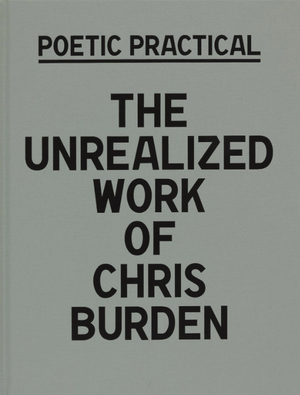
Book of the Day > Poetic Practical: The Unrealized Work of Chris Burden

Book of the Day > Karlheinz Weinberger: Mediterraneo
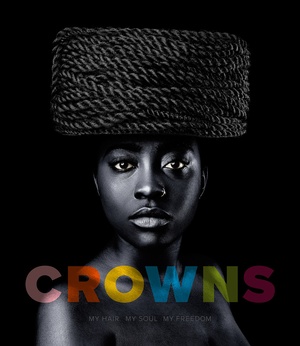
Book of the Day > Sandro Miller: Crowns -- My Hair, My Soul, My Freedom
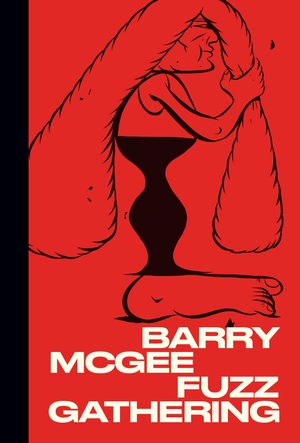
Book of the Day > Barry McGee: Fuzz Gathering
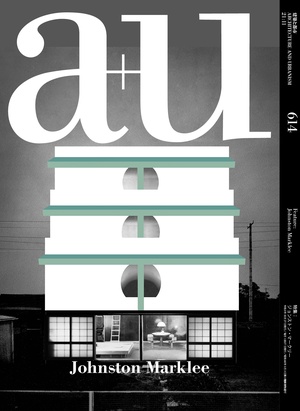
Book of the Day > Johnston Marklee: A+U 614 2021:11
● Purchase ● This issue of a+u features the work of Johnston Marklee and Associates. Founded in 1998 and rooted in the cultural landscape of Los Angeles, their office has continuously sought dialogue with modern and contemporary art not only through clientele and project programs but also in design approach. A series of iconic houses quickly established the firm’s international acclaim, but in the past decade their projects have expanded greatly in scale and diversified in building type. The intense investigative nature that characterizes every project is often veiled behind playfulness and simplicity. What began as an “Architecture of Approximation” in the first decade of their practice eventuated in a body of work consisting of “Extremes and In-betweens,” as described in 2 essays written by Sharon Johnston and Mark Lee. Twenty-six key projects, ranging from houses and exhibitions to museums and institutions, are presented here alongside 8 thematic collages to convey the full range of Johnston Marklee’s works. Interspersed is a series of 12 commentaries by collaborators and colleagues, bringing the work of Johnston Marklee “to life with their interpretations.”
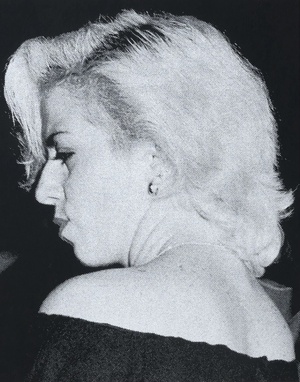
Book of the Day > Mimi Plumb: The Golden City
